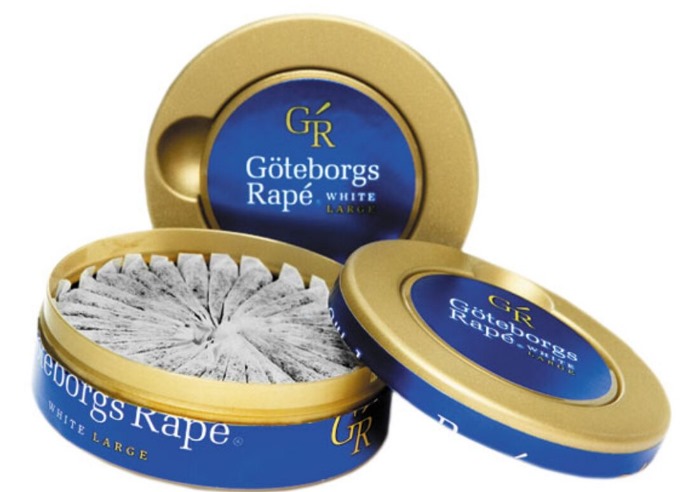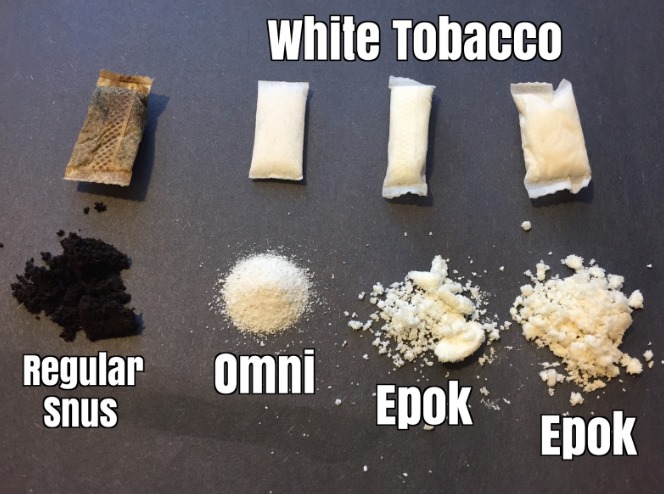Basic Definitions
Both snuff and snus are smokeless tobacco products, but they vary significantly in form, use, and processing.
- Snuff: A powdered tobacco product, available in dry and moist forms, used primarily through nasal inhalation or placement between the lower lip and gum.
- Snus: A moist, finely ground tobacco product, typically packaged in small teabag-like pouches, placed under the upper lip for extended periods.

Usage Methods
- Snuff: Dry snuff is inhaled through the nose. Moist snuff is pinched from the tin and placed between the lower lip and gum, with users spitting excess saliva ("juice") generated by the product.
- Snus: Pouches are inserted under the upper lip. It is often called "spitless" as it generates less saliva, which is typically swallowed, eliminating the need for a spit receptacle.

Processing and Preservation
- Snuff: Undergoes fermentation during curing. It can spoil if not stored properly, lasting a couple of weeks at room temperature; refrigeration is recommended for longer storage, and freezing is possible for up to a year.
- Snus: Processed via steam pasteurization to remove impurities. It requires refrigeration to maintain freshness, with a shelf life of about 30 days in a tin. Freezing is also an option for extended storage, with thawing in the refrigerator advised for cardboard tins to prevent condensation issues.

Flavor Profiles
Both products come in various flavors, including mint, wintergreen, fruit (cherry, banana, grape), and alcohol-based (bourbon, rum). American snus often has stronger added flavors, while Swedish snus tends to highlight natural tobacco notes more prominently.
Form and Texture
- Snuff: Dry varieties are powdery, while moist versions are loose and have higher water content.
- Snus: Moist and powdery in texture, usually contained in small pouches for easy handling and discreet use.
Regional Popularity and Naming
The term "snus" is the Swedish translation of "snuff," tracing back to tobacco's introduction to Scandinavia in the 16th century when dried tobacco was taken through the nose (nasal snuff). Over time, the two products diverged, with snus gaining particular popularity in Sweden and Norway, while snuff has a broader historical presence across Europe and beyond.
